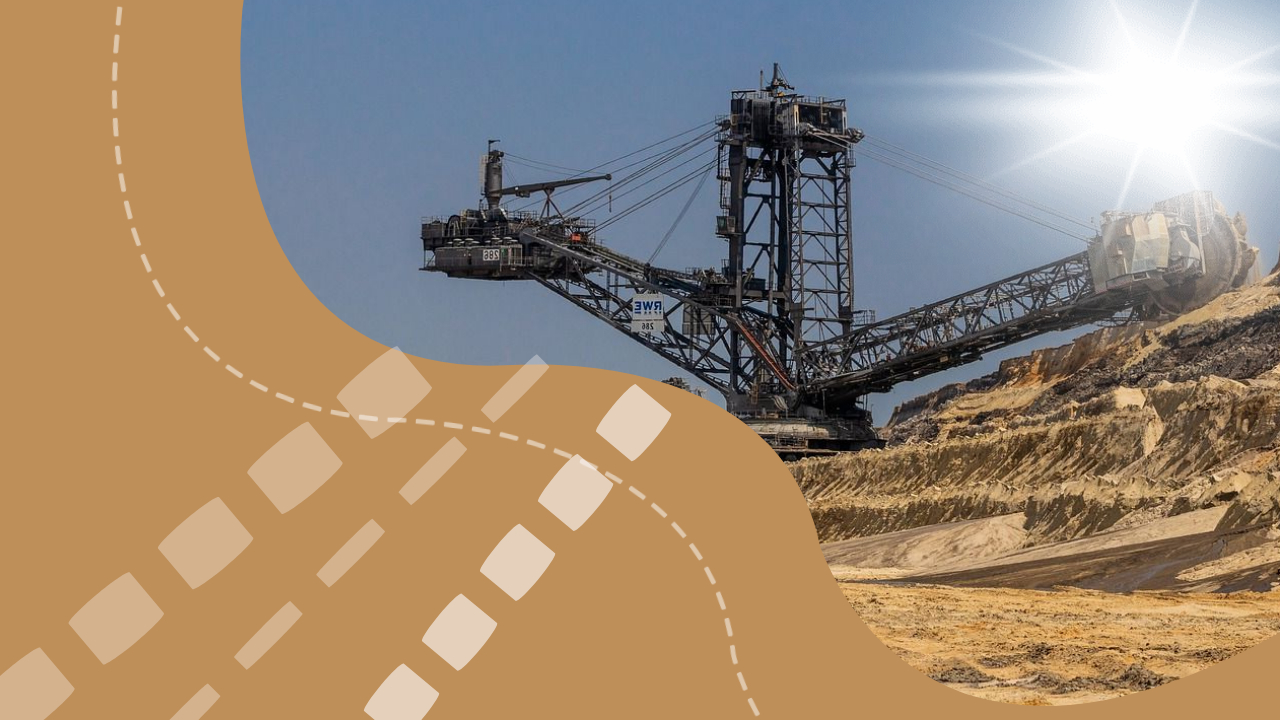“Copper is the driving force behind the energy revolution and a crucial strategic resource. Without it, the energy transformation is not possible,” emphasized Tomasz Zdzikot, CEO of KGHM Polska Miedź, during the XXXII Economic Forum in Karpacz. Poland is also actively engaged in geological explorations in Mongolia to locate deposits of rare earth elements.
Zdzikot participated in a panel discussion titled “Raw Materials of the Future – Which Raw Materials Should Poland Extract.” He highlighted the significance of “The State Raw Materials Policy 2050,” a strategic document accepted by the government last year, which identifies critical resources for Poland.
The CEO of KGHM stressed that copper plays a pivotal role in the energy revolution. He pointed out that the US Energy Department added copper to its list of strategic raw materials in August, signaling a projected doubling of global copper demand by 2035. Additionally, copper is classified as a strategic raw material in the European Union.
Zdzikot underlined the copper requirements for green technologies, noting that an electric car necessitates 150 kilograms of copper, while a 3MW wind turbine requires nearly 5 tons of the metal.
He also emphasized KGHM’s role in ensuring Poland’s raw material security, highlighting that 50 percent of the EU’s total copper output comes from copper extraction in Poland’s Lower Silesia. Furthermore, KGHM is recognized as the world’s second-largest producer of silver.
In the same discussion panel, Poland’s chief geologist, Piotr Dziadzio, disclosed the country’s geological work in Mongolia to locate rare earth element deposits. These geological surveys are conducted in collaboration with the local geological service.
Dziadzio noted that various countries have established strategies for identifying rare earth element deposits, which are expected to yield benefits in the long run. He emphasized the need for transparent partnerships and community engagement in mining these minerals, ensuring they are not perceived as a form of colonialism.
Furthermore, Dziadzio indicated that Poland has proposals for additional cooperation on rare earth element projects, including one in the Dominican Republic.

